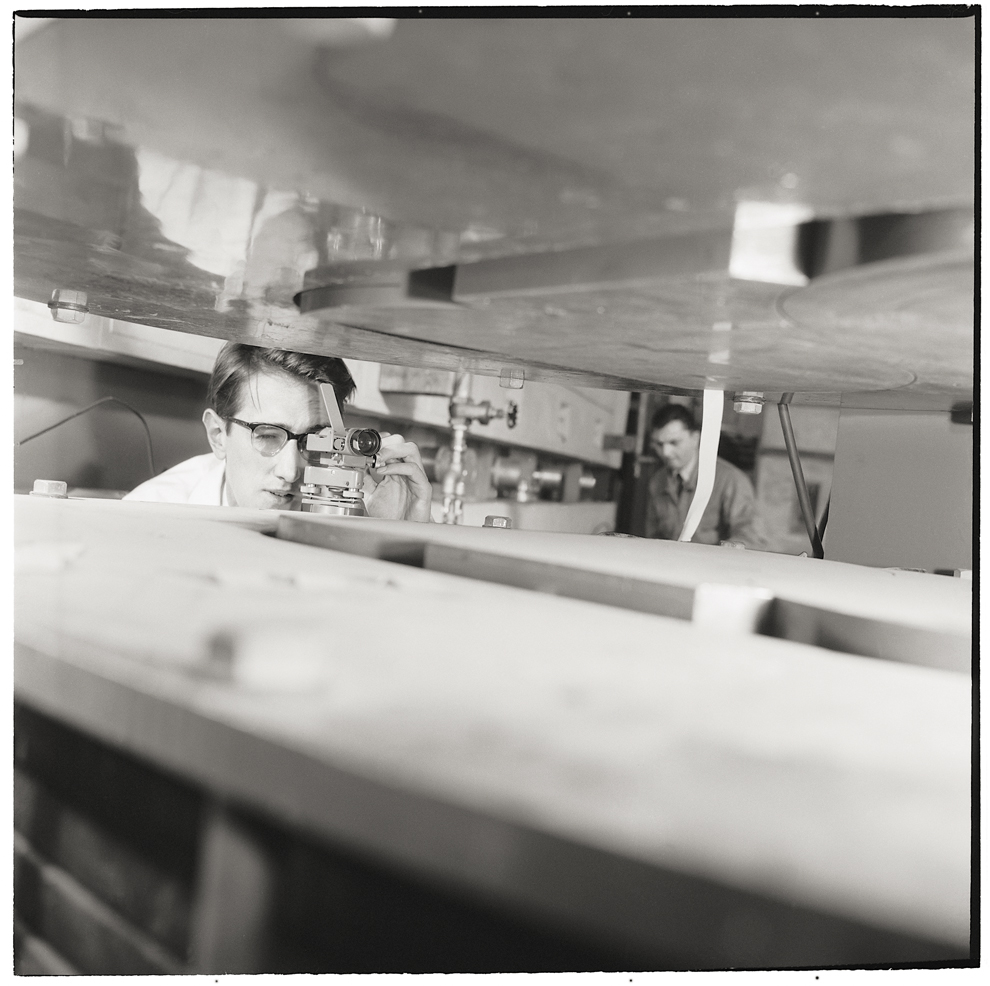Johannes C. Sens 1928 – 2008

Johannes C. Sens, a physicist and engineer with a long association with CERN passed away from complications of surgery on 3 November 2008 in Nice, France.
J.C. Sens, often known as "Hans", was considered one of the pioneers of the first muon g-2 experiments at CERN and an instrumental figure in the discovery of the fifth quark.
Born in the Netherlands, Hans obtained a degree in engineering at the Technical University of Delft in 1953. He then enrolled at the University of Chicago and studied under Enrico Fermi. After Fermi’s passing, Hans gained his PhD working on muons with Valentin Telegdi at the University of Chicago. He came to CERN in 1958 at the same time as Leon Lederman and both worked on a study of the methods of measuring the muon g-2. In 1966, after working on various experiments with muons, Hans left CERN to join the Foundation for Fundamental Research on Matter in the Netherlands and the University of Utrecht. With the advent of the Intersecting Storage Rings (ISR) at CERN, he became spokesman of the CERN- Holland-Lancaster-Manchester collaboration at the ISR.
In 1976, while on leave of absence in the US, Hans joined and played a major role in Lederman’s experiment that discovered the upsilon particle and hence the fifth quark, "bottom" or "beauty". He later spent several years at Stanford Linear Accelerator, between 1979 and 1986.
Hans then returned to CERN in the mid-eighties, where he worked on the development of the analysis programs for the L3 experiment, led by C.S. Ting, at the Large Electron Positron collider. He retired in 1993, but spent time at the Academia Sinica and the National Central University of Taiwan and was most recently associated with the Institut Non-Lineaire de Nice.
Throughout the years Hans taught annual courses in particle physics and supervised work in a number of M.Sc. and PhD theses at the University of Utrecht from 1966 to 1994. Hans deliberately avoided accepting administrative functions, consistently giving priority to research and teaching. His life-long passion for research was evident in his efforts over the last few years to conduct and publish research in a new field for him, astrophysics.
With Hans’s passing, the particle-physics community has lost a highly distinguished and dedicated physicist, researcher and teacher who committed himself sincerely to the advancement of physics. His intellect, charm and open character will be missed by all of us.
Hans led a long and fulfilling life and is survived by two brothers, Paul and Cees, a sister Elly, his loving children, Paula, Alexandra and Erik-Jan, and a grand-daughter Maria Leonor. Rest in peace, Hans.
Erik-Jan Sens

